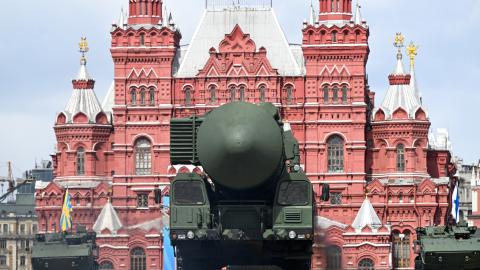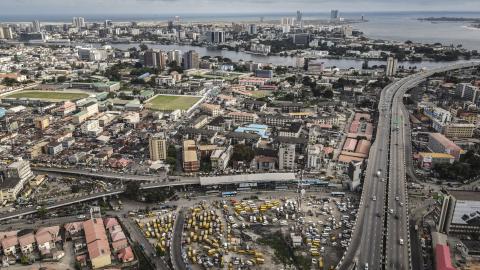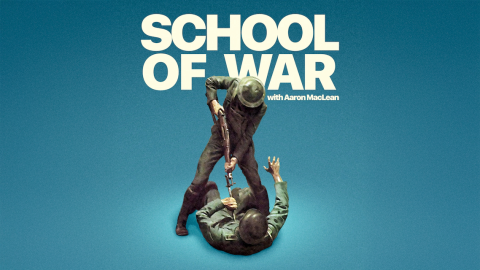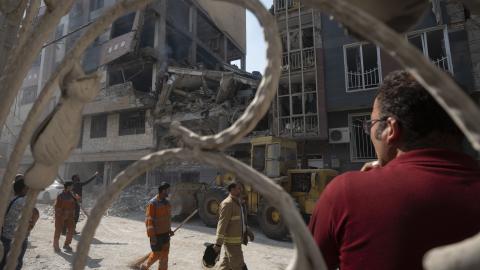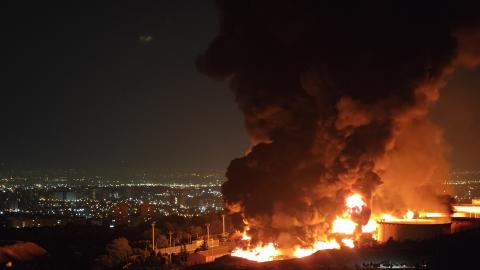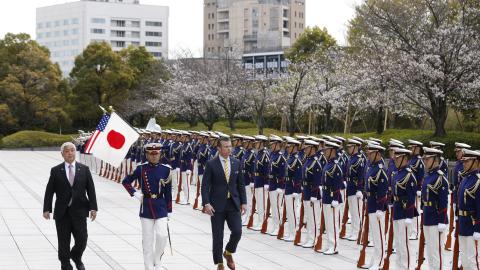Early in July, a violent encounter between Han Chinese and ethnic Uighur workers in a toy factory in Shaoguan, a town in China’s southeastern province, ended with two Uighurs killed and dozens more injured. News of the episode traveled rapidly to Urumqi, capital of Xinjiang, the Uighurs’ home region, about 2,500 miles to the northwest. The report triggered far greater violence there and the government’s own press agency admitted to almost 200 deaths in the ensuing Han-Uighur clashes.
In one respect, there was nothing exceptional here. Ethnic violence is endemic all over the world, and has been present in China for centuries. But these events of July, 2009, happened in a particular way and for particular reasons, all of which are revealing of the enormous changes inside China during the past thirty years.
There is, first of all, the factory itself, where thousands of workers are employed by the Early Light Company of Hong Kong, the world’s largest toy manufacturer and a purveyor of China-made toys all over the world. There was nothing like it thirty years ago. And there are the Uighur guest workers, another innovation, and evidence of labor and population mobility unimaginable before. There is an internal communications system, formal and informal, which spreads news in novel and uncontrollable ways. The government must now cope with what has become a permanent challenge to an overbearing regime, grown obese on a diet of obsequiousness and deference. There is an attentive, and similarly uncontrollable, foreign press. There is what a political scientist might call the routinization of charismatic political authority; the people are not nearly as afraid of the government as they used to be while the government is appreciably more afraid of the people than it once was.
And there are the intricate international ramifications of what, a generation ago, would have been but a drunken brawl; few people would ever have known about it, and would not much have cared about it even if they had known. But these days, China’s companies do a lot of business in Muslim countries. China depends on these countries for raw materials and energy and needs access to them to sell their own products. China’s government also has strategic relations with many of them, for they fit into China’s constant tinkering with the world’s balance of power. China’s Muslim citizens have personal and emotional relations with many of them--as centers of Islamic thought and advocacy, and because they are the homelands of ethnic kin. Yes, all this results from China’s rise in the world and these intricate connections would not exist without such a rise. Yet, as necessary and beneficial as Muslim countries may be to China’s rise, the benefits do not come free. Their cost is paid in problems and vulnerabilities.
These new intricacies of China’s inter-ethnic tensions--both domestic and foreign--are only one fragment of the relentless transformation of China these past thirty years. We are taken with the arithmetic of Rising China and we count things that are big and visible--highways and railways already under construction and aircraft carriers that may yet be--and, in our thinking about the future, we envision a China that is going to be more than it is today, a lot more. Thus, in considering how we can best cope with this relentlessly growing thing, we concentrate on its mass, as if China’s growing weight alone is the decisive fact about the world’s balance of power in the future.
There is no denying that there is more of China than there used to be, and that, in the coming decades, there will be even more of it. But it is not the aggregate alone that will matter. China’s political economy turned dramatically thirty years ago as new forces came into play. These forces now have a momentum of their own, a momentum that the regime in Beijing does its best to steer, but with which it must live until the next time--if ever--a comparably transformational program is put in place. There are now five huge macro-economic regions in China and they are developing unevenly; wealth moves around among them overwhelmingly in accordance with the laws of economics, even as politics tries to intervene. In the Northwest, the Northeast, and the Southeast, the regions are developing independent ties to economies nearby, thereby fashioning entirely new trans-regional economies that tug on the “national economy,” once simply defined by political lines drawn arbitrarily on a map. The Periphery works to bypass the Center in order to connect itself directly to the Global. As this process accelerates, the Center’s hold weakens and power flows away from it.
In the meantime, a society already the most rapidly urbanizing in the world continues to remake itself. As Tom Miller reported on July 6 on the Financial Times’ “Dragaonbeat” blog, “over the next 15 years, 60 new cities with populations of 1.5m-5m are likely to sprout in China.” They will have massive requirements for infrastructure of all sorts, for new social welfare programs, and for new modes of governance. Beyond that, there will be the profound spiritual, psychological, and cultural challenge of living in twenty-first century urban spaces that are congested and frenetic beyond anything yet seen in the world. Against this backdrop, the government’s vision of a Harmonious Society will seem more than merely ironic. Just as today’s People’s Republic has moved far away from the PRC of thirty years ago, it will be something else again thirty years from now. Schumpeter’s creative destruction is on a Long March of its own and it still has many miles to go.
A radical restructuring of China is racing ahead but our understanding of how it will influence the PRC’s behavior as an international actor is lagging behind. An earlier radical renovation of China began in l949, and its effects on the PRC’s foreign policies were profound, but only for a while. The renovation that began in l979 is far more consequential and is already more enduring. Yet we assume that the relation between domestic and foreign will work in one direction only--that the newer New China will easily convert its greater mass directly into more kinetic energy, as if its current internal incoherence does not already impose real constraints on what it can do in the world. We need to think more about those constraints and how they will shape the strategic choices of a China that will be Transformed China, rather than the Rising China we know today.
